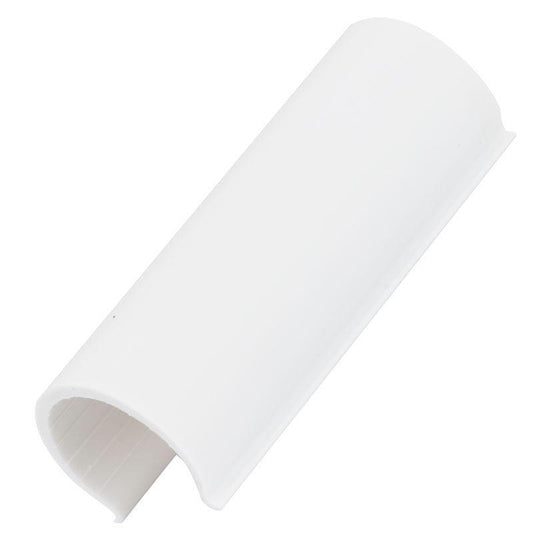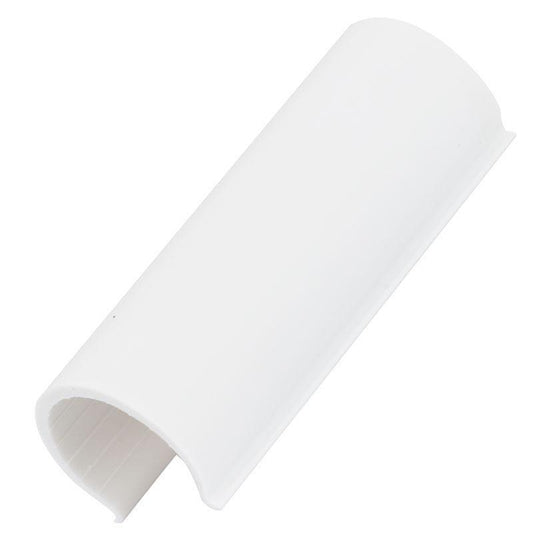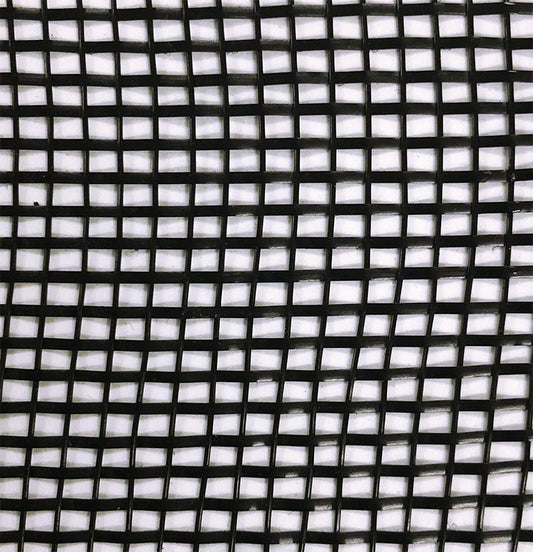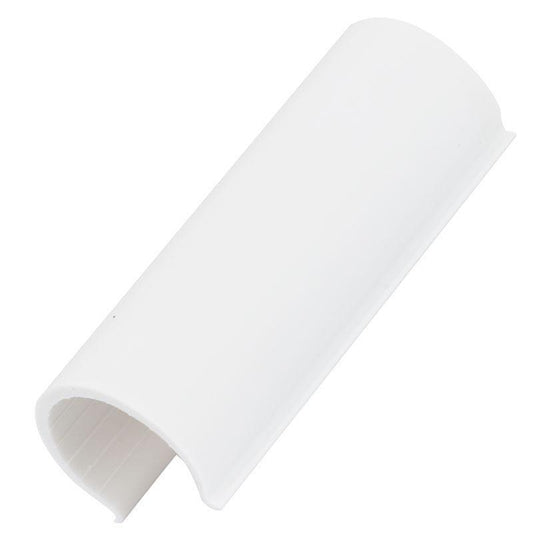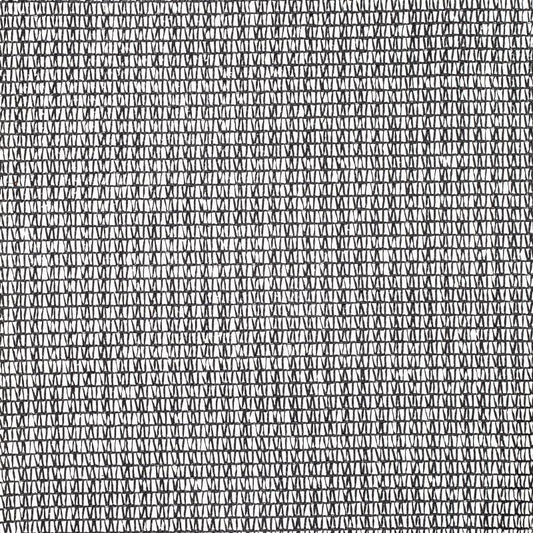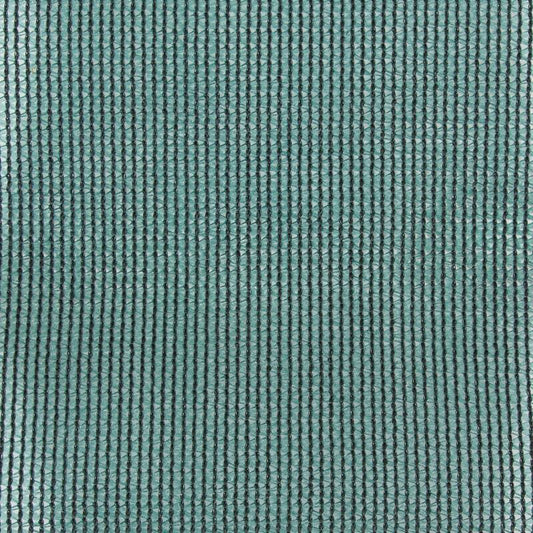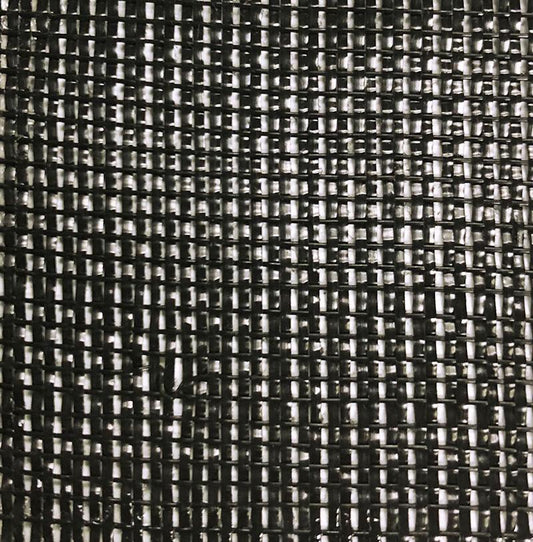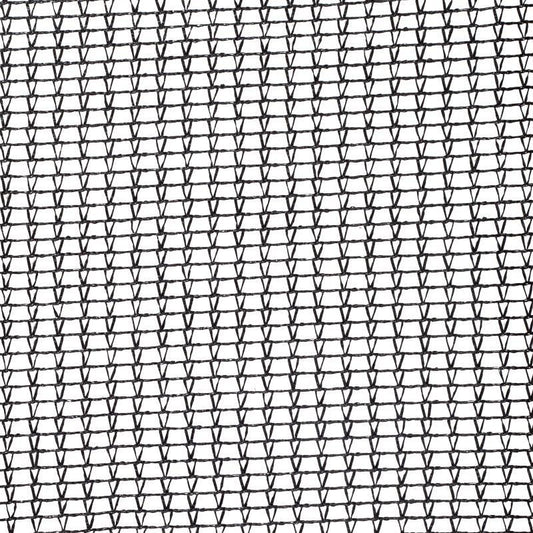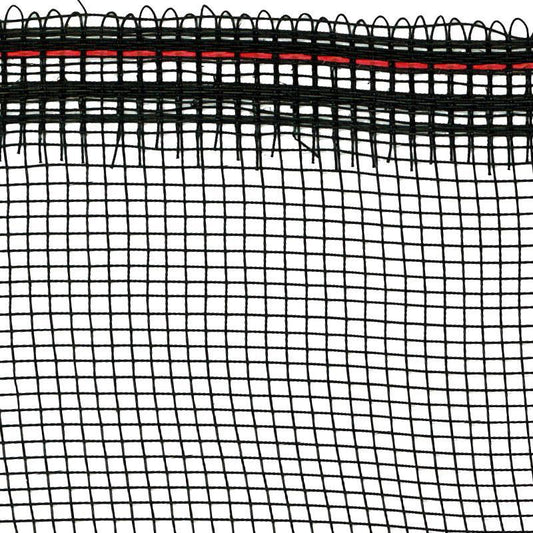
Using Sun Shade Cloth In The Garden
Using sun shade cloth in the garden is a practical and effective way to protect plants from the sun's intense heat and ultraviolet (UV) radiation. Shade cloth comes in various thicknesses, represented by percentages, and different constructions, such as knit and woven. Understanding these differences helps gardeners select the right type for their specific needs.
Thickness Percentages: What They Represent
The thickness or density of shade cloth is indicated by a percentage representing the amount of blocked sunlight. For instance, a 30% shade cloth blocks 30% of sunlight, allowing 70% to pass through. Here is a breakdown of common percentages and their uses:
-
30% Shade Cloth: This lighter shade cloth is ideal for plants that thrive in partial sunlight and do not need significant protection from the sun. It is commonly used for crops like tomatoes, peppers, and other vegetables that require some sun for photosynthesis but can suffer from sunburn or heat stress during peak summer months.
-
50% Shade Cloth: Suitable for a broader range of plants, 50% shade cloth provides moderate protection. It is often used in nurseries and greenhouses to protect young seedlings and more sensitive plants from direct sunlight while providing ample growth light. It’s also useful for extending the growing season of certain crops.
-
60% Shade Cloth: This level is typically used for plants that require a balance between sun and shade, such as certain types of flowers and ornamental plants. It offers a good compromise, reducing heat stress while allowing enough light for healthy growth. It’s also beneficial in protecting plants from hail and heavy rain.
-
70% Shade Cloth: This thicker shade cloth is suitable for plants that need significant protection from the sun. It’s often used for shade-loving plants like ferns and hostas, which can suffer from leaf scorch if exposed to too much direct sunlight. It’s also useful in very hot climates to reduce greenhouse heat build-up.
-
80% Shade Cloth: Providing maximum sun protection, 80% shade cloth is typically used for very delicate plants or in extreme climates where sun intensity is a major concern. It’s also used when protecting plants from intense heat is critical, such as in desert environments. This level of protection helps reduce watering needs by lowering soil temperatures and reducing evaporation rates.
Knit vs. Woven Shade Cloth
Shade cloth is available in two main types of construction: knit and woven.
-
Knit Shade Cloth: Made from knitted polyethylene, this type is more durable and resistant to tearing and fraying. It is lightweight, easy to install, and provides excellent air circulation, which helps prevent heat build-up underneath. It’s often preferred for its flexibility and longer lifespan.
-
Woven Shade Cloth: Woven from thicker strands of material, usually polyethylene or polypropylene, woven shade cloth is stronger and provides more consistent shading. However, it is less flexible and more prone to fraying at the edges. It is typically used in applications requiring durability and heavy-duty performance, such as in commercial nurseries or long-term installations.
Practical Uses in the Garden
Selecting the appropriate shade cloth depends on the specific needs of your plants and your garden’s environmental conditions. Here are some practical tips for using shade cloth effectively:
-
Installation: Shade cloth can be draped over structures such as greenhouses, hoop houses, or simple frames constructed from PVC or metal pipes. Ensure it is securely fastened to withstand wind and weather conditions.
-
Seasonal Adjustments: In regions with varying seasonal sun intensity, consider using shade cloth seasonally. Install it during the hottest months and remove it when sunlight is less intense to maximize plant growth.
-
Customizing Coverage: For gardens with a mix of sun and shade-loving plants, use different thicknesses of shade cloth to create microenvironments tailored to each plant’s needs.
Sun shade cloth is an invaluable tool for gardeners looking to protect their plants from the adverse effects of excessive sunlight and heat. By understanding the differences in thickness percentages and construction types, gardeners can select the most suitable shade cloth to ensure their plants thrive in optimal conditions.


